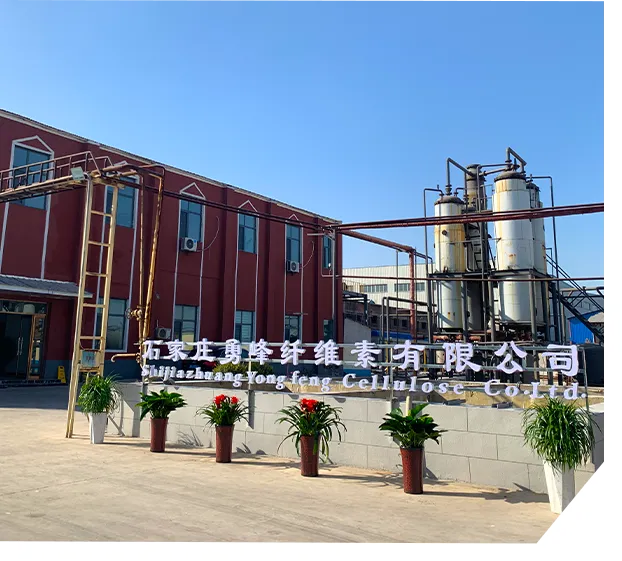The Role of HPMC in Chemical Raw Materials and Its Applications
Hydroxypropyl methylcellulose (HPMC) is a versatile chemical raw material that has gained significant attention across various industries due to its unique properties and wide-ranging applications. As a cellulose derivative, HPMC is synthesized from natural cellulose through chemical modification, resulting in a hydrophilic, non-ionic polymer that is soluble in cold water. Its ability to form clear solutions and gel-like substances under certain conditions makes HPMC a valuable ingredient in several formulations.
The Role of HPMC in Chemical Raw Materials and Its Applications
Apart from its role in pharmaceuticals, HPMC finds extensive applications in the food industry as well. It is commonly used as a thickening agent, emulsifier, and stabilizer in processed foods. Its ability to retain moisture helps improve the texture and shelf-life of various food products, such as sauces, dressings, and dairy alternatives. The food industry values HPMC for its safety and non-toxicity, making it a preferred choice for natural and organic formulations.
chemic raw materi hpmc

The construction industry also benefits from the use of HPMC, particularly in the formulation of cement-based products. It serves as a water-retaining agent in mortars and plasters, allowing for better workability and extended open time. This property ensures that the mixture remains workable for longer periods, facilitating better application and finish. Additionally, HPMC enhances the adhesion of tiles and other materials, thereby improving the overall durability and performance of construction projects.
In the personal care sector, HPMC is commonly used in the formulation of cosmetic and skincare products. Its film-forming property imparts a smooth and creamy texture to creams and lotions, while also providing a protective barrier on the skin. HPMC is often included in hair styling products as a thickener and texture enhancer, contributing to the overall sensory experience of the consumer.
The environmental impact of HPMC is another aspect worth mentioning. As a derivative of cellulose, HPMC is derived from renewable resources, and its biodegradability makes it an eco-friendly alternative to synthetic polymers. This characteristic aligns with the increasing focus on sustainability and green chemistry practices in various industries.
In summary, hydroxypropyl methylcellulose (HPMC) is a multifunctional chemical raw material that plays a crucial role across diverse industries. Its unique properties, including film-forming capabilities, thickening effect, and biocompatibility, make it suitable for a wide range of applications, from pharmaceuticals to food, construction, and personal care products. As industries continue to innovate and seek sustainable solutions, the demand for HPMC is expected to grow, underscoring its importance in modern chemical formulations.
-
The Application and Significance of Construction RdpNewsMay.19,2025
-
Industrial Grade HpmcNewsMay.19,2025
-
Building Coating Adhesive Building Coating Adhesive HpmcNewsMay.19,2025
-
Application Of Hpmc For Detergent For Detergent In DetergentsNewsMay.19,2025
-
Application Of Hpmc Cellulose In Cement-Based MaterialsNewsMay.19,2025
-
Application Of High Quality Hpmc For Construction In The Field Of ConstructionNewsMay.19,2025




